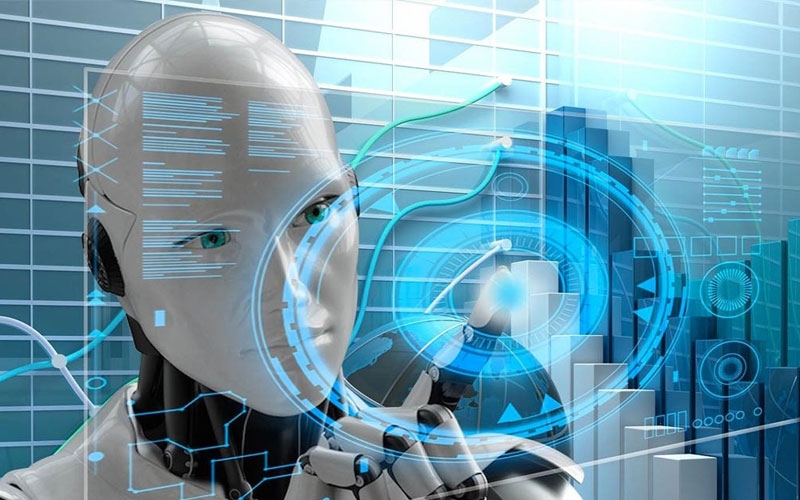



Man vs. machine – the benefits of AI in imaging
Radiology is a field that produces large volumes of data, which can no longer be managed without the help of intelligent systems. This is especially true when it comes to the interpretation of medical images. While this takes physicians years of training and experience, several hours of work and the highest level of concentration, artificial intelligence only requires a few seconds to accomplish the same task.
Big Data needs intelligent algorithms
According to estimates, the amount of medical data is expected to increase by nearly 50 percent annually. Most of it - 90 percent – is generated in medical imaging. In 2019 alone, radiology will generate 675 billion gigabytes of image data. This translates into a staggering 13.5 trillion cross-sectional images – a quantity that's hard to imagine, let alone use. In fact, only 7 percent of these images are being processed. The 100th German X-ray Congress in May discussed these numbers. It is impossible to manually tackle this job, making machine support crucial to keep up with the ever-increasing demand.
Artificial Intelligence is not only able to work at consistently high speeds and precision, but it also identifies hidden patterns in data, giving physicians valuable support in diagnostic and treatment decisions. Machine learning is especially beneficial where diagnostics data has been examined by doctors and digitized.
Artificial Intelligence for CT, MRI and other scans
Man and machine must work together optimally. This is the only way radiologists, patients and ultimately the entire healthcare system can benefit.
Since April, the University Hospital Jena is the first site worldwide to use GE Healthcare's Deep Health Image Reconstruction (DLIR) in routine clinical applications. The system is able to reduce image noise in CT data, resulting in outstanding image quality. In an interview, Felix Güttler, Commercial and Technical Director of the Institute of Diagnostic and Interventional Radiology at the University Hospital Jena explains how DLIR works: "The system's artificial technology uses a so-called deep neural network (DNN). AI systems that are approved as medical devices typically no longer learn during their application. An algorithm is generated from the trained DNN. The artificial neurons are trained for a particular application and then 'frozen' for use." This ensures that the behavior of the algorithm is accurate and reproducible.
In addition to GE, other large manufacturers are also providing AI-based solutions for routine clinical practice – including Siemens Healthineers and its AI-Rad Companion Chest CT. In an interview, Ivo Driesser, global product marketing manager said: "The device is designed to help physicians make a faster, more accurate diagnosis by replacing manual image interpretation with AI analysis. The AI-Rad Companion Chest CT is an AI-based software assistant for CT images of the thorax." The algorithms can identify the heart, aorta, lungs and spine in the scans, combine several images into a 3D image and measure organs.
The Ingenia Elition 3.0T X MRI machine by Philips promises a safe and speedy analysis with the help of AI. Samsung provides AI technology and evaluation algorithms for both the GC85A digital radiography and the RS85 ultrasound systems.